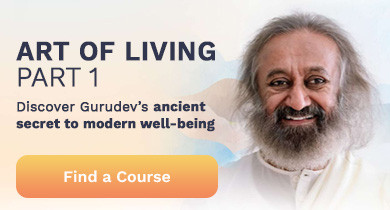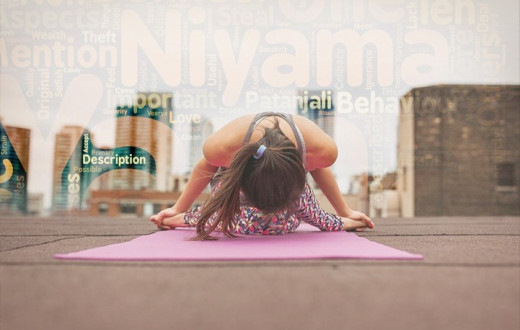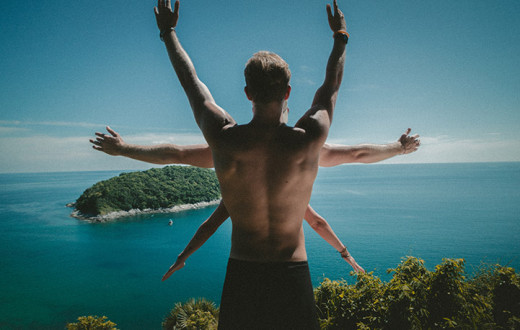Posted: May 02, 2018
Upward Plank Pose — Purvottanasana (Poor-Voh-TAN-AAHS-uh-nuh) — is a strengthening posture that opens the chest, strengthens the core and arms, and stretches the front of the neck. It gets its name from the Sanskrit words, purva, meaning east, ut, meaning intense, tan, meaning to stretch and asana, meaning posture. The literal meaning of this asana is to stretch towards the east. However, this has nothing to do with stretching in the east direction. Purvottanasana specifically refers to the flow of pranic subtle energies in the "eastern" frontal side of the body.
Level of Difficulty: Beginner

Step-by-Step Instructions
Sit up with your legs stretched out straight in front of you, keeping your feet together and spine erect.
Place your palms on the floor near your waist or at shoulder level with your fingertips pointing away from you. Do not bend your arms.
Lean back and support the weight of your body with your hands.
Breathing in, raise your pelvis up, keeping your whole body straight.
Keep your knees straight and keep your feet flat to the floor. Place your toes on the ground. Let your head fall back towards the floor.
Hold the pose and continue breathing.
As you exhale, return to a seated position and relax.
Repeat the posture with your fingers pointing in the opposite direction.
Benefits
- Strengthens the wrists, arms, shoulders, back, and spine
- Stretches the legs and hips
- Improves respiratory function
- Stretches the intestines and abdominal organs
- Stimulates the thyroid gland
Precautions
- Wrist injuries
- Neck injuries
Modifications and Variations
- To modify: Those suffering from any neck injury should either completely avoid doing this posture or use the support of a chair while practicing the pose.
Preparatory Poses and Follow up Poses
- Sun Salutation | Surya Namaskar (Preparatory)
- Upward Facing Dog | Urdhva Mudha Svasana (Preparatory)
- Fish Pose | Matsayasana (Preparatory)
- Wheel Pose | Dhanurasana (Preparatory)
- Child’s Pose | Balasana (Follow-up)
Browse our entire yoga poses library and learn more about each yoga pose in detail.
While a regular yoga practice can result in improved health, know that it is not a substitute for medical treatment. It is important to learn and practice yoga under the supervision of a trained teacher. In the case of a medical condition, practice yoga after consulting a doctor. Do you need information on courses? Contact us at programs@us.artofliving.org to find a Sri Sri Yoga course at an Art of Living Center near you.
Are you interested to become a 200 H certified yoga teacher?
Sri Sri School of Yoga offers the most traditional (scripture-based), classical and authentic teacher training programs globally. Its certification is Yoga Alliance compliant.
To find out more about teacher training offered in North America, talk to a Yoga Teacher Training Advisor. Click here to schedule your appointment!





























